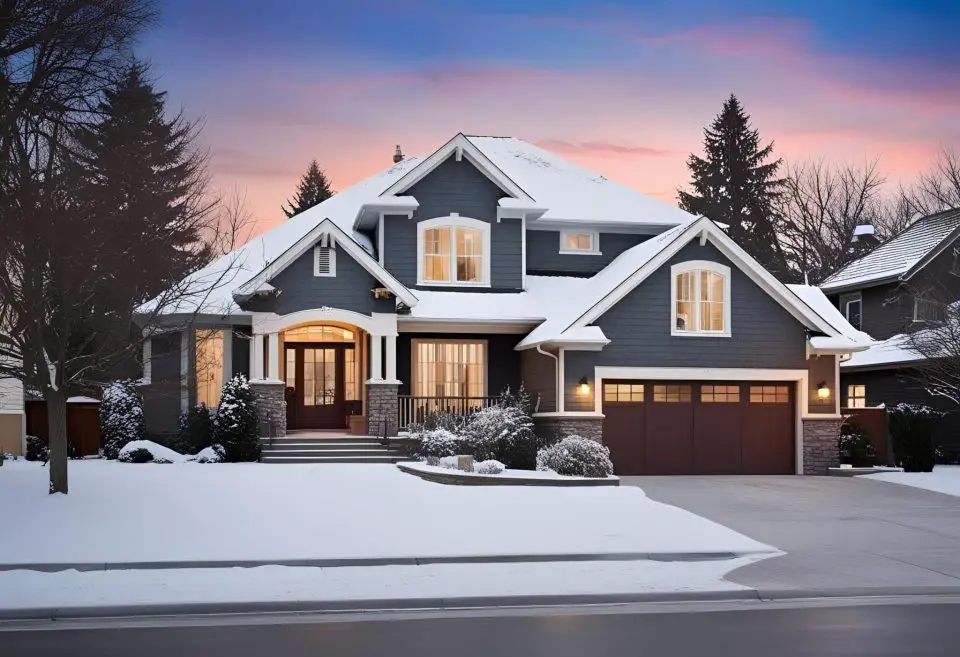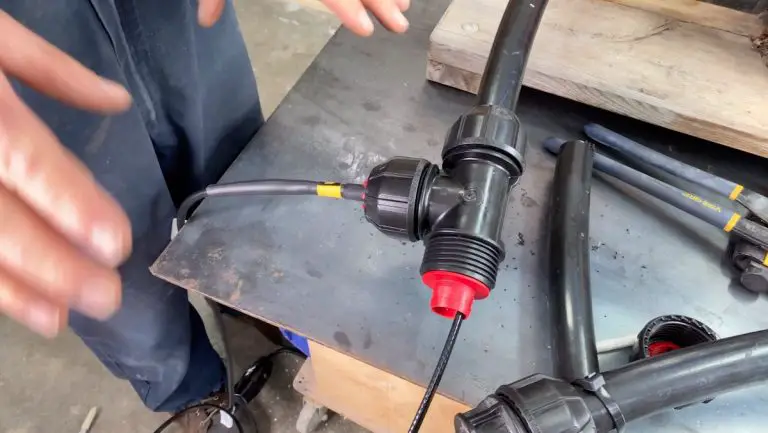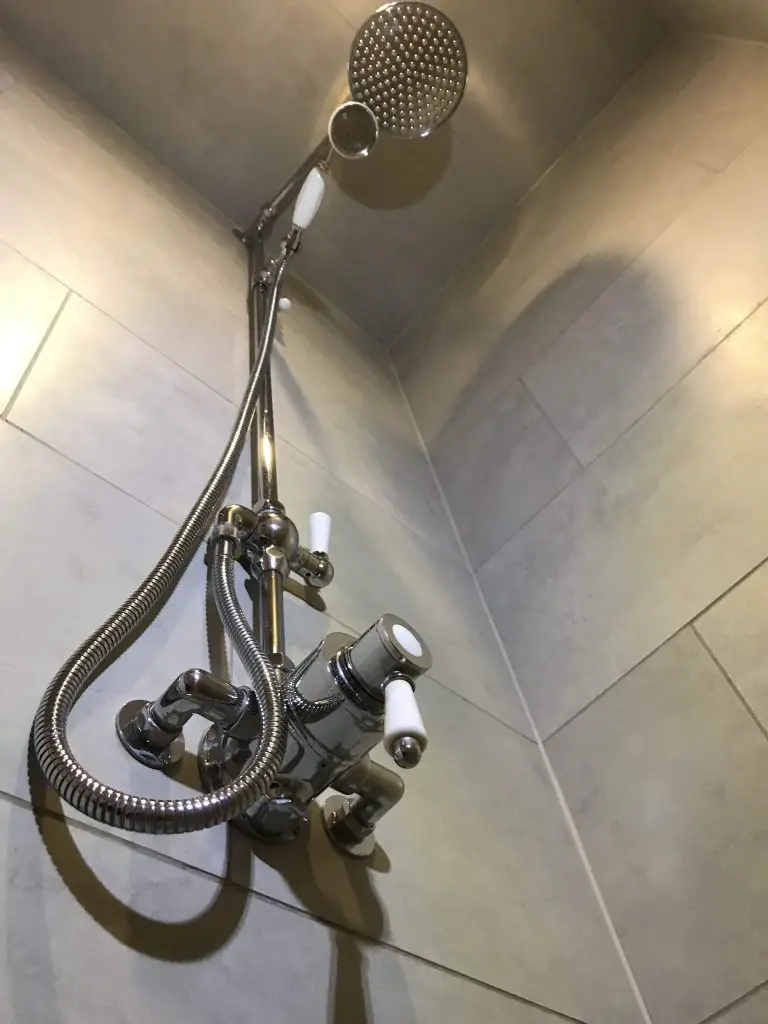
If your home constantly feels too hot in the summer and too cold in the winter, it’s not only uncomfortable but can also lead to higher energy bills and unnecessary stress. Many homeowners struggle with temperature imbalances, often caused by poor insulation, inefficient HVAC systems, or improper airflow. Fortunately, there are several quick and effective solutions to regulate your home’s temperature and create a more comfortable living environment.
Incorporating smart energy solutions can be a game-changer, especially when it comes to maintaining a consistent indoor climate. Modern technology allows homeowners to monitor and adjust their energy use more efficiently, helping to eliminate hot and cold spots while reducing energy costs. Here are some simple yet effective fixes to make your home more comfortable year-round.
Improve Insulation
Poor insulation is one of the leading causes of temperature fluctuations in a home. Heat can escape in the winter and enter during the summer, making it difficult to maintain a consistent indoor climate.
How to fix it:
- Add insulation to key areas such as the attic, walls, and floors.
- Blown-in insulation is typically the cheapest and easiest option for attics.
- Consider installing thermal curtains to reduce heat transfer through windows.
Upgrading insulation can provide immediate results. They keep your home warmer in the winter and cooler in the summer.
Seal Air Leaks
Even the smallest gaps and cracks around windows, doors, and vents can let in unwanted air and disrupt the indoor temperature balance. Identifying and sealing these leaks can make a significant difference.
Steps to seal air leaks:
- Check for drafts around doors and windows and use caulk or weatherstripping to seal them.
- Inspect ducts and vents for leaks and seal them with foil tape or mastic.
- Install door sweeps to prevent cold air from entering under exterior doors.
Sealing air leaks is a cost-effective way to improve comfort and energy efficiency.
Optimize Your HVAC System
All this stuff can seem pretty straightforward, but you need to consider all the unique loose end before you proceed.
An inefficient heating and cooling system can struggle to maintain the desired temperature in your home. Regular maintenance and strategic upgrades can help your HVAC system perform better.
Quick HVAC fixes:
- Replace air filters regularly to ensure proper airflow.
- Schedule annual maintenance to keep the system running efficiently.
- Consider installing a programmable or smart thermostat to better control temperatures throughout the day.
A well-maintained HVAC system can help distribute air more effectively and maintain a steady indoor climate.
Use Fans Strategically
Ceiling and portable fans can help circulate air and create a more balanced temperature in your home. They can be particularly useful in reducing hot spots during the summer and distributing warm air in the winter.
Tips for using fans effectively:
- Set ceiling fans to rotate counterclockwise in summer to push cool air down.
- Reverse the direction in winter to circulate warm air throughout the room.
- Place fans near vents to help distribute conditioned air more evenly.
Using fans strategically can complement your existing heating and cooling system for better results.
Upgrade to Smart Technology
Technology can play a major role in maintaining a comfortable home environment. Smart thermostats and energy-efficient appliances can help automate temperature control and reduce energy waste.
Ways to leverage smart technology:
- Install a smart thermostat that adjusts temperatures based on your daily schedule.
- Use smart window coverings that open and close based on the weather conditions.
- Monitor energy usage with smart plugs to identify appliances that generate excess heat.
Smart technology allows you to maintain the perfect indoor climate with minimal effort.
Rearrange Your Furniture
Sometimes, the placement of furniture can block airflow and contribute to temperature inconsistencies. A few adjustments can help air circulate more freely and improve comfort.
Furniture arrangement tips:
- Avoid placing large furniture pieces in front of vents or radiators.
- Ensure airflow pathways remain open for even heat distribution.
- Use rugs and carpets to retain warmth in winter and cool flooring in summer.
Rearranging furniture can improve the efficiency of your heating and cooling efforts.
Utilize Natural Ventilation
Taking advantage of natural airflow can help regulate temperatures without relying heavily on HVAC systems. Simple actions like opening windows strategically can make a big difference.
How to maximize natural ventilation:
- Open windows during cooler times of the day to let in fresh air.
- Use cross-ventilation by opening windows on opposite sides of the home.
- Install vented skylights to allow hot air to escape in the summer.
By making the most of natural ventilation, you can enjoy a comfortable indoor environment without excessive energy use.
Making small changes and strategic upgrades can transform your home into a comfortable, energy-efficient space. Whether through improving insulation, sealing air leaks, or using smart technology, these quick fixes can help you achieve a balanced temperature without excessive energy costs.












